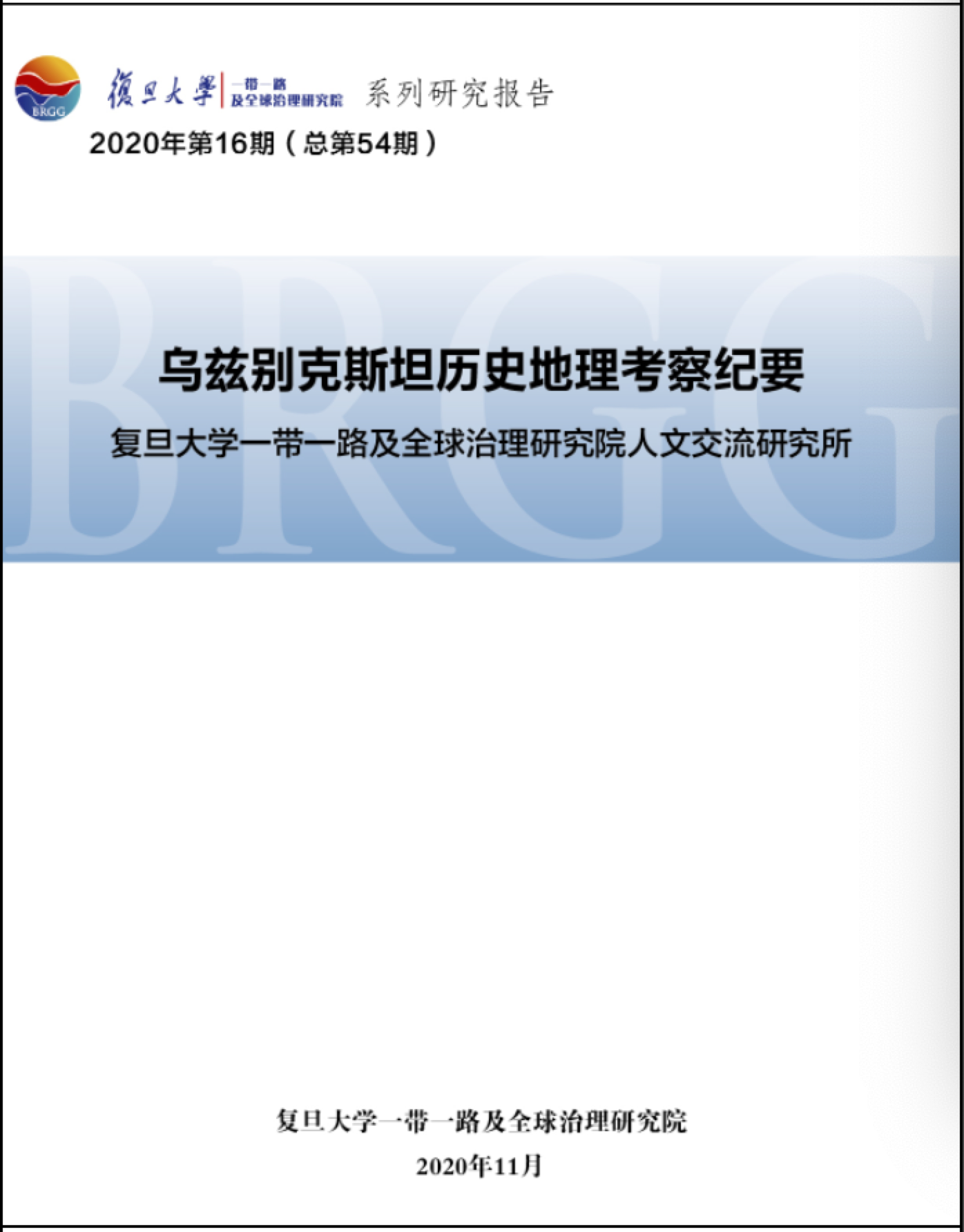
Researchers from the Institute of Chinese History and Geography and the Institute of Belt and Road And Global Governance of Fudan University visited uzbekistan, Central Asia in oder to investigate its historical sites related the BRI from August 22 to 30, 2019.
During the eight-day trip, the team visited the Uzbek capital Of Tashkent, the historic cities of Samarkand, Bukhara, Shahri Sabz and Tiermez, and inspected related sites and important land features along the way.
Archaeological sites is an important content of the investigation, the team focused on the samarkand before the Mongol conquest at the flash, the sites of The Rabati Maricos station during the Navoikala Khan dynasty, the Varaksha ancient city in Bukhara Sote period, fayaztepe and Kalatpe Buddhist relics in Tiermez Ancient City in Kushan period, etc. Samarkand and Shahri Sabz have retained a large number of architectural remains mainly from the timur Empire period, while Bukhara has retained a large number of architectural remains from the Samanid Dynasty to the Bukhara Khanate period. These buildings have different styles and rich connotations, which are also the important objects of this investigation. In addition, samarkand, The evolution of the ancient city of Tiermez and bukhara, Shahri Sabz retained so far the pattern of the ancient city, also paid attention to the expedition.
These sites and historical cities, along the silk Road, reflect the rise and fall, advance and retreat and interweaving of various cultures in different periods in the ancient Hezhong region. During the investigation, the members of the expedition team checked documents and discussed, and gained a more intuitive and in-depth understanding of the significant historical and geographical value contained in them. The expedition also paid special attention to the traffic routes of the ancient Silk Road, including tamerlane Gate, Zelafshan River Valley and other important traffic routes, as well as the "Iron Gate", an important mountain pass, which greatly enriched the expedition members' understanding of the traffic in the Central Asian section of the Silk Road. In addition, the team visited the Afrashiab Site Museum, the Tiermez Archaeological Museum and the National Museum of Uzbek History, and communicated with local archaeologists and museologists.
Based on this investigation and historical documents, we discuss the physical geography and historical development of Uzbekistan.






